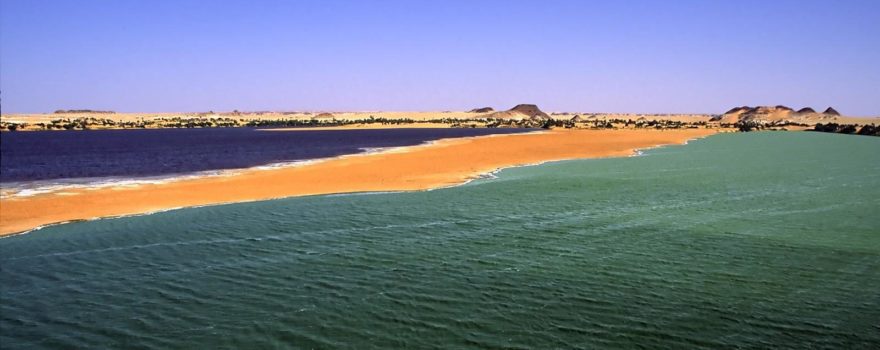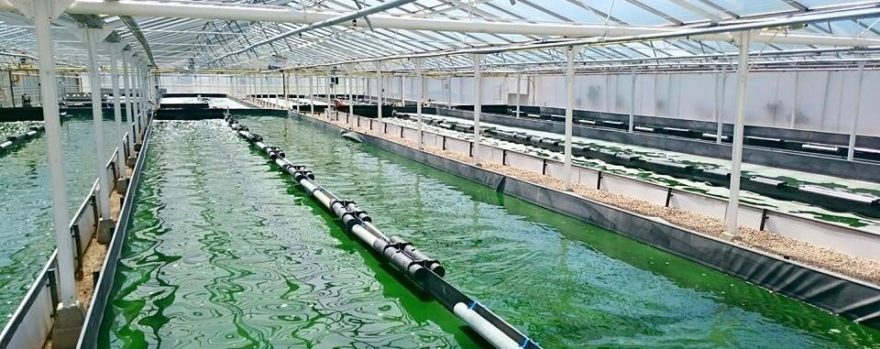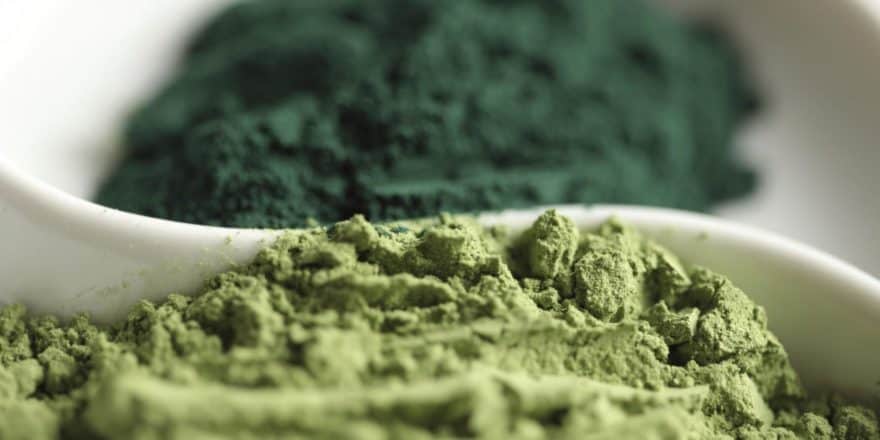The Algae of the 21st Century
Origin of Spirulina
This cyanobacterium originates from Central America and was cultivated by the Aztecs. The origins of spirulina can also be found in Africa among some Sahara tribes.
In the West, its richness was revealed to the world in the 1960s, thanks to an expedition by Belgian botanist Jean Léonard, who discovered greenish-blue colored cakes in indigenous markets of certain tribes in Chad.
In 2010, this botanist was honored with the inauguration of the avenue “de la spiruline” in Woluwe-Saint-Lambert (Belgium).
Spirulina is one of the earliest forms of life on the planet!
The history of spirulina in Central America was revealed in the 1970s following the identification of this algae blocking the sodium carbonate extraction system in the alkaline waters of Lake Texcoco, where Mexico City is currently located.
This marks the beginning of the commercialization of this “green gold” and the discovery of its benefits.
The Benefits of Spirulina
Declared as the food of the future by the World Health Organization, spirulina is an excellent source of proteins, minerals, vitamins, and trace elements.
This dietary supplement is also an excellent source of iron and is rich in phycocyanin: the only natural blue pigment that can be used as a food dye!
The nutritional benefits of spirulina are so significant that this algae is also used to combat malnutrition in several African countries.
Its benefits are also recognized for supporting weight loss efforts, optimizing athletes’ bodies for better performance, and as a purifier of our organism.
Lire aussi l Quelle est la meilleure spiruline bio sur le marché ?
Organic Spirulina: Myth or Reality?
The Cultivation of Spirulina
It is possible to find organic spirulina when it grows in its natural habitat (lakes in South America, Africa, or Asia, for example).
In France, the production of spirulina takes place in artificial saline freshwater ponds 30 to 40 cm deep at a temperature between 30°C and 40°C.
Its harvest requires a very specific filtering and pressing process, to then be dried in ovens for distribution in powder, tablet, or capsule form.
It develops through photosynthesis: it transforms inorganic matter (that is, the nutrients it finds in its environment) into organic matter, thanks to water, CO2, and light.
The spirulina’s food is therefore exclusively mineral. These minerals are either the result of the natural transformation process of organic matter into mineral matter or the result of chemical processes synthesizing mineral.

Does French Organic Spirulina Exist?
To start, what is organic? According to the French agency for the development and promotion of organic agriculture, organic agriculture is “a mode of production and processing respectful of the environment, animal welfare, and biodiversity, providing solutions to climate change”.
To obtain the “organic” certification, a dietary supplement must:
- contain at least 95% ingredients from organic agriculture
- not require any chemical or synthetic products during its production
- not contain additives, dyes, flavor enhancers, or sweeteners
- not contain GMOs
According to French and European criteria, it is still impossible to find organic spirulina in France.
Indeed, “it is impossible to refer to organic agriculture for any freshwater production” according to European regulations for organic agriculture certification.
In the context of this algae’s production, French spirulina growers use a mineral fertilizer, mineral nitrogen, a product not authorized in organic agriculture.
To date, there is still no accepted equivalent in certified organic aquaculture.
Be careful, there are some private organizations and unofficial entities that bypass these rules and still offer an organic label on their spirulina. This is in no way equivalent to the official organic “AB” label for organic farming.

The path to organic
Les Spiruliniers de France are trying to address these issues of organic certification for spirulina.
Founded in 2009, the federation of spirulina producers in France aims to develop a specification for “organic aquaculture” of spirulina.
The “ecological spirulina” committee will have the objective of finding fertilizers that can be used in “organic” farming and are suitable for this super nutritious algae.
They wish to provide a realistic response to producers, consumers, and distributors regarding the challenges and possibilities of organic spirulina cultivation.
How to choose?
It is possible to consume spirulina in capsule, tablet, flake, and powder forms.
To buy organic spirulina today, you need to turn to brands that sell spirulina produced abroad, generally in natural lakes and therefore, in theory, without additives.
We also advise against buying your spirulina at the pharmacy. Indeed, they generally offer low-quality spirulina with capsules and tablets containing binders.
Spirulina in capsule form is powder coated in gelatin, which accounts for about 20% to 25% of the weight indicated on the label.
Favor spirulina in flake or tablet form, and make sure it contains 100% spirulina.
These two forms nonetheless remain the most convenient for consumption, but one must remain vigilant about the places and methods of production.
The prices for quality spirulina in tablet form range between 120 and 150€ per Kg.



